Heatwave 2018: Elderly at risk as July sees temperatures continue to soar
The 2018 heatwave gathers pace in July and forecasters have reported that temperatures are set to soar with no widespread rain expected for the first half of the month. This has raised growing concerns for vulnerable people, especially the elderly, who could be put at risk of heatstroke, heat exhaustion and dehydration.
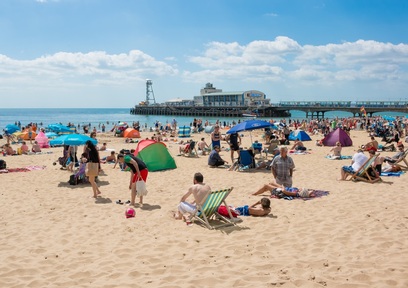
July's forecast comes as the Met Office yesterday announced it was the driest June on record last month in the UK, and in Scotland, they recorded the highest ever temperature of 33.2C in Motherwell, on the 28th.
Alan Weir, head of clinical operations at St John Ambulance, warns that the elderly and the young are particularly vulnerable, and says it is vital to spot early signs of heat-related conditions. He said: “We love it when the sun comes out in this country but it’s important to remember that extreme heat can be dangerous”.
“As many will be planning to enjoy the outdoors, we want people to recognise symptoms early on and take prompt action.
He continued: “Heat exhaustion and heat stroke are the most serious problems and are often indicated by headaches and dizziness. The first priority is to get anyone showing these signs somewhere cool and rehydrated as soon as possible. We’re not overstating the danger when we say this sometimes can mean the difference between life and death.”
Heat exhaustion
Heat exhaustion is caused by a loss of salt and water from the body, usually through excessive sweating. Symptoms may include: Dizziness and confusion, loss of appetite and feeling sick, sweating with pale clammy skin, cramps in the arms, legs and stomach and a weakening pulse and fast breathing.
How to treat heat exhaustion:
• Help them to lie down in a cool place and raise their legs.
• Give them lots of water to drink or isotonic sports drinks.
• Check their breathing, pulse and responsiveness.
• Suggest they get medical advice. Call 999/112 if you are concerned.
Heatstroke
Heatstroke is even more serious than heat exhaustion and can be life-threatening, according to St John Ambulance. It happens when the body can no longer control its own temperature and overheats. Key things to look for are; Headache, dizziness and discomfort, restlessness and confusion, hot flushed and dry skin, fast deterioration in the level of response, a full bounding pulse, and body temperature above 40°C (104°F).
How to treat heatstroke:
• Move them to a cool place and remove their clothing.
• Call 999/112.
• Sit the individual down and wrap them in a cold, wet sheet. If there isn’t a sheet available fan them or sponge them down with cold water to keep them cool.
• Once their temperature seems to have gone back to normal, replace the wet sheet with a dry sheet.
• While waiting for help to arrive, keep checking their temperature, as well as their breathing, pulse and level of response.
• If they start getting hot again, repeat the cooling process to lower their temperature.
Dehydration
Dehydration happens when someone loses more fluid than they take in, especially if it’s really hot and sweaty outside; St John Ambulance state that it’s important to sip water at regular intervals to avoid dehydration. Symptoms may include: Headaches and light headedness, dry mouth, eyes and lips, small amounts of dark urine being passed and muscle cramps.
How to treat dehydration:
• Help them to sit down and give them plenty of water to drink.
• Give them an oral rehydration solution to drink will help replace salt and other minerals which they’ve lost – you can buy this in sachets from any pharmacy.
• If they have any painful cramps, encourage them to rest, help them stretch and massage their muscles that hurt.
• Keep checking how they’re feeling – if they still feel unwell once they’re rehydrated then encourage them to see a healthcare professional straight away.
Latest News
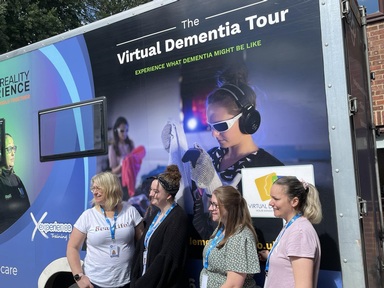 29-Jul-24
Dementia Bus gives carehome.co.uk staff insight into life with dementia
29-Jul-24
Dementia Bus gives carehome.co.uk staff insight into life with dementia
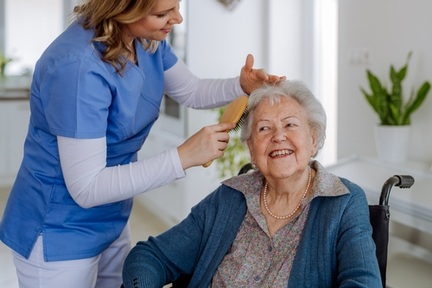 27-Jul-23
UK's top home care agencies in 2023 revealed
27-Jul-23
UK's top home care agencies in 2023 revealed
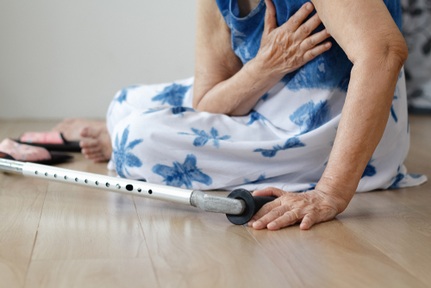 30-Nov-22
A quarter of older people keep their falls secret from family
30-Nov-22
A quarter of older people keep their falls secret from family
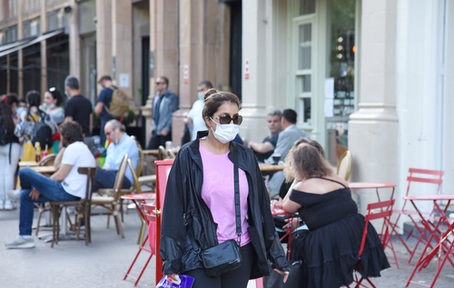 29-Nov-22
'Covid-19 has not gone away' say terminally ill
29-Nov-22
'Covid-19 has not gone away' say terminally ill
 28-Nov-22
IT consultant who received poor care opens 'compassionate' home care business
28-Nov-22
IT consultant who received poor care opens 'compassionate' home care business